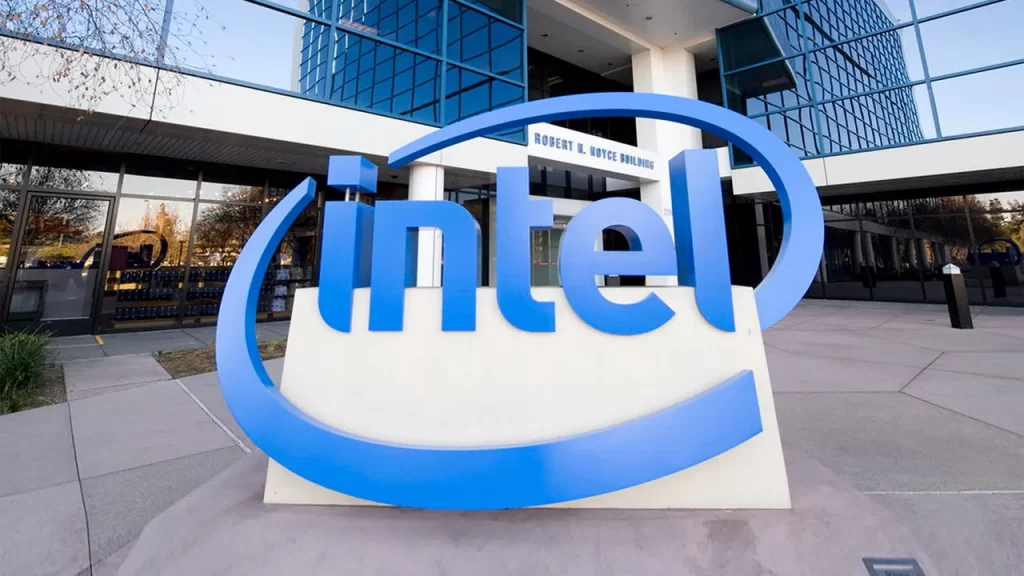In a strategic maneuver to address financial challenges, global tech giant Intel has undertaken a series of layoffs, impacting more than 100 employees. This workforce reduction initiative is part of the company’s broader efforts to curtail expenses and streamline operations. The affected personnel hail from diverse teams, including product marketing, GPU software development, and various other departments.
Background
Intel, a prominent American chipmaker, has recently executed a substantial layoff operation, resulting in the termination of over a hundred employees across the United States. This development comes as no surprise, considering Intel’s earlier announcement in May about its intention to implement workforce reductions as a measure to counter financial setbacks. The company had acknowledged the need to navigate a challenging economic landscape while also endeavoring to expedite its corporate strategy.

In a statement reported by USAToday earlier this year, Intel expressed its commitment to strategic investments in core business areas, particularly its US-based manufacturing operations. This approach was devised to ensure sustained growth prospects, notwithstanding the prevailing economic uncertainties.
The magnitude of the Layoffs
Although the exact number of individuals affected by the impending layoffs remained undisclosed until now, fresh insights reveal the magnitude of this organizational change. A report by IANS indicates that various teams will experience the impact, encompassing roles in GPU software development, system software development, product marketing, and more.
According to sources, the layoffs are anticipated to take effect by the end of the current month, as reported by Sacramento Inno. While the precise tally of affected individuals remains uncertain, estimates suggest that at least 140 employees located in the US are poised to lose their jobs. Notably, this figure comprises 89 employees from the company’s Folsom R&D campus and an additional 51 employees situated in San Jose, California.
Affected Roles and Teams
A deeper dive into the specifics reveals the array of roles affected by the layoffs. The impacted positions include ten GPU software development engineers, eight system software development engineers, six cloud software engineers, six product marketing engineers, six system-on-chip design engineers, and more. These changes underscore Intel’s strategic realignment towards optimizing its workforce composition and bolstering its long-term viability.
Intel India’s Office Transformation
Shifting the focus to Intel India, recent developments shed light on the company’s plans to reshape its office landscape. Intel India has reportedly considered selling its Bengaluru office space, driven by a transition to a “hybrid-first” operational model. Sources revealed that Intel’s sprawling 250,000 square feet office on Old Airport Road was part of an active bidding process, attracting bids from prominent developers. The anticipated deal was projected to exceed Rs 450 crore.
Furthermore, reports suggest that Intel intends to lease office space from the new proprietors following the transaction. The company is envisaging a three-year lease term, aligning with its commitment to optimizing space utilization, fostering remote work, and achieving cost savings. Intel affirmed this strategic pivot in an email response to Economic Times, emphasizing its pursuit of a flexible work model while seeking efficient utilization of its Bengaluru offices.
The recent wave of layoffs at Intel signifies the company’s proactive stance in addressing financial imperatives and reshaping its workforce dynamics. By taking measured steps to streamline its operations and allocate resources strategically, Intel aims to fortify its resilience in a dynamic and competitive industry landscape.




